How to Create SaaS Marketing Budget: Strategies for Allocation in 2025
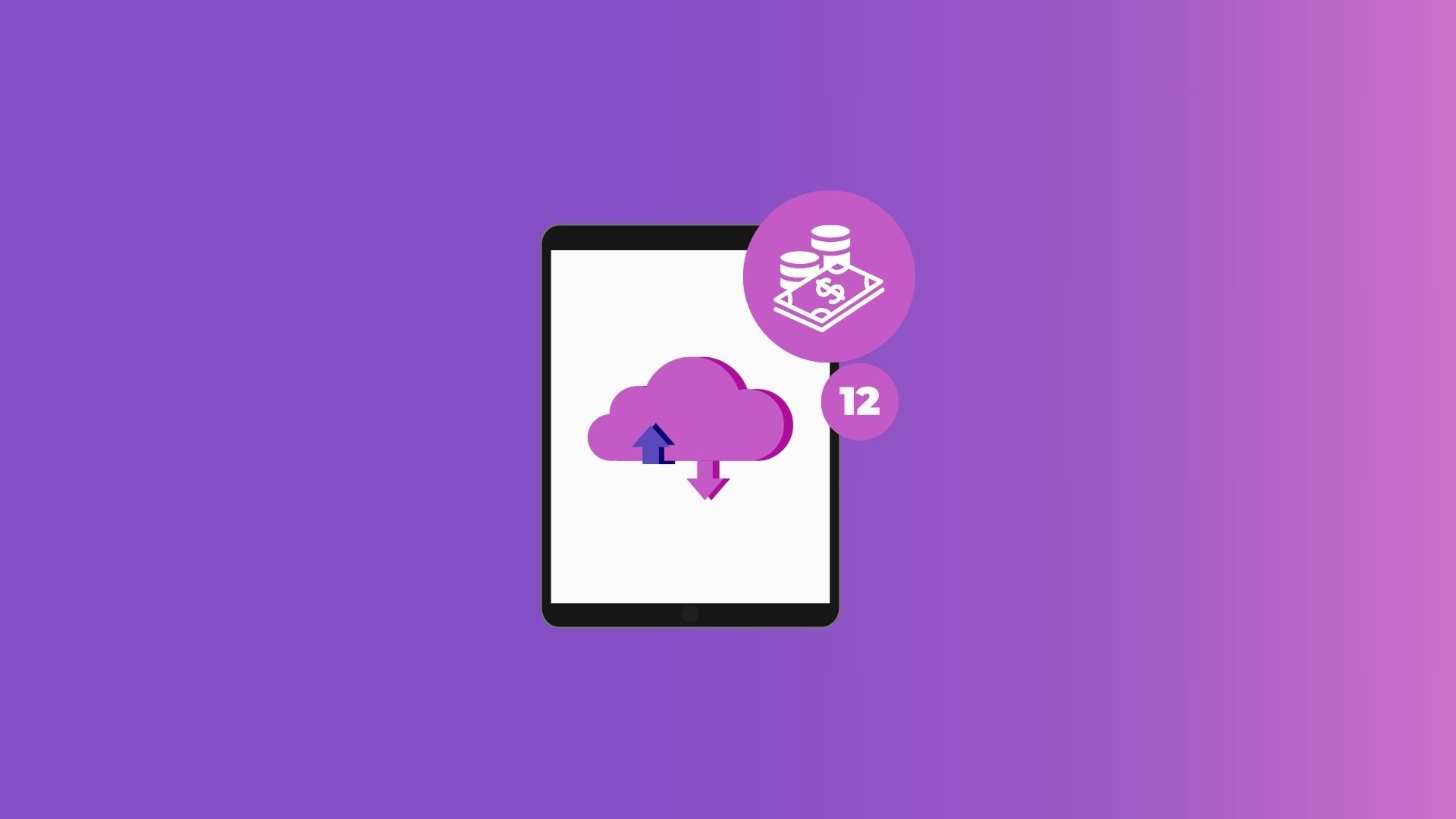
What Is a SaaS Marketing Budget, and Why Do You Need It?
A SaaS marketing budget is a financial plan that allocates how much a business will spend on SaaS marketing activities. This financial plan usually allocates funds for a year. However, there are instances in which SaaS companies plan for quarterly marketing budgets.
Planning a SaaS marketing budget comes with unique aspects such as:
- Focus on Customer Acquisition Cost (CAC)
- Flexibility for scalability and growth surges
- Allowance to spend above budget limits to adapt to industry trends
- Emphasis on tracking Return on Investment (ROI) via analytics tools
Marketing is crucial in penetrating a competitive SaaS market. Maximize your marketing resources through wise budget allocation and proper planning.
Before Creating Your SaaS Marketing Budget
Complete these foundational tasks before allocating your resources to a SaaS marketing strategy.
1. Assess your current expenses
Assessing your current expenses is essential in setting a realistic marketing budget. This allows you to identify gaps and opportunities to save and reallocate funds.
Before creating your B2B SaaS marketing budget, try to follow these cost assessment steps first:
- Gather important financial statements like income statements, balance sheets, and cash flow statements. These documents keep track of your past expenses.
- Segment your current marketing costs and expenses. Look into categories like marketing spend, sales costs, and customer success expenses.
- Understand your ongoing financial commitments. Compare your recurring and one-time expenses. Identify areas where you need to reallocate or reduce budgets.
- Analyze unused resources and current contracts with software companies. Renegotiate better prices or downgrade plans if possible.
Your current financial commitments offer insights on how you can optimize your spending. Make sure that you maintain transparency in all your marketing-related expenses.

2. Set clear objectives
Today’s trends dictate how much SaaS companies spend on marketing strategies.
Take for example the surge of influencer marketing. According to Statista, 22.4% of marketing brands invest up to 20% of their marketing budget into influencer marketing. The market is also trending toward AI-powered marketing tools and social media ads.
Combining market trends and business objectives is important in SaaS marketing budget allocation. Take a look at these marketing goals that leading SaaS companies invest in:
- Reaching decision-makers through Account-Based Marketing (ABM)
- Personalizing product recommendations through machine learning
- Reducing customer churn through proactive onboarding and customer success
- Generating high-quality leads through building a diversified user community
These are just a few examples, though. Your budget objectives will always depend on your target market and unique products.

3. Allocate budget across channels
In a survey conducted among B2C and B2B marketers, social media was found to be the leading digital marketing channel. Other profitable marketing channels include SEO, email marketing, content marketing, and virtual events.
Being present in these SaaS marketing channels is crucial for your revenue growth. But how are you going to distribute your budget across these channels? Here’s a step-by-step approach:
- Evaluate previous performance. Which channels contributed the most in terms of lead generation and customer acquisition?
- Look into the channels used by your competitors. Which channels do they use to reach their target audience?
- Prioritize core channels. Allocate 25-35% of your budget to your most profitable marketing channel.
- Explore how you can differentiate across multiple channels. Consider doing A/B testing to test variations of your marketing campaigns.
Most importantly, you need to track your progress along the way. You can use a free website analytics tool like Google Analytics or a versatile social media tool like Hootsuite.

4. Consider seasonal trends
Holiday slowdowns and first-quarter boosts are typical seasonal trends among SaaS businesses.
Your SaaS marketing strategy is affected by these seasonal trends. It’s either you ramp up your marketing activities or aim for a very specific buyer persona.
Either way, here’s how your marketing team can prepare for these seasonal changes:
- Study historical data. Look for seasonal surges in traffic, engagements, and average revenue.
- Explore how seasonal trends affect your competitors. Analyze how they adjust their marketing operations.
- Identify specific customer pain points during seasonal periods. Launch unique promotions like targeted content or product bundles.
- Increase your marketing spend during peak periods. This could be the best time to run paid advertising on Google Ads or social media.
Advanced planning allows you to be flexible during these seasonal periods. For instance, your content should be relevant to reach and engage more people. Creating a content calendar is one key aspect of SaaS content marketing. A well-structured content calendar can help you plan ahead for these seasonal trends.

Building a Realistic SaaS Marketing Budget using ARR
Determining your SaaS business’s Annual Recurring Revenue (ARR) is important for numerous reasons.
First, your ARR helps predict your revenue for the next fiscal year. Recurring revenue provides a clear picture of the financial stability of a SaaS company. A steadily growing ARR could even attract more investors and sponsors.
You can also use ARR to monitor other aspects of your SaaS business, including the following:
- Churn management
- Customer Acquisition Costs Analysis
- Operations efficiency
- Growth tracking
- Marketing budget
That’s right — your ARR could also dictate the starting point for your total marketing budget. Here are steps on how to build your business’s annual marketing budget through ARR.

1. Evaluate industry benchmarks
Are you not sure how to utilize ARR in allocating marketing budgets? You should try to evaluate industry-specific benchmarks first. These benchmarks serve as initial reference points for your B2B SaaS marketing budget.
Typically, SaaS companies spend up to 40% of their ARR on marketing infrastructure. That number depends on business maturity, which we’ll discuss more in the next step.
The first thing you need to do is research industry-specific benchmarks. Here are several resources that you can check:
- Industry reports: Gartner, Forrester, and CSO Insights
- Market research tools: G2 Crowd, TrustRadius, and Capterra
- Marketing publications: Search Engine Land, Content Marketing Institute, and Social Media Examiner

2. Consider business maturity
Different business stages call for different needs. This is also applicable to the marketing needs of a SaaS business.
For example, early-stage startups tend to focus on brand awareness and lead generation. A growth-stage SaaS company might be more concerned about customer retention. Lastly, large-scale SaaS businesses are set on maintaining market share.
Here’s how SaaS companies allocate a percentage of their ARR on marketing budget:
- Early-stage: 30-50%
- Growth stage: 20-30%
- Enterprise or large-scale: 10-20%
To increase their customer base, startups might have to take risks on higher marketing budgets. On the other hand, established businesses focus on targeting higher-value clients for maximum Return on Investment (ROI).

3. Adjust based on growth goals
Along with your current business state, your marketing budget also depends on your growth volume expectations.
Are you aggressively pursuing growth or just trying to sustain a steady momentum? Consider these aspects when using growth goals as a driving factor in marketing:
- Target ARR: What is your target annual recurring revenue for the next fiscal year? Are you aiming to double your current ARR?
- Customer Lifetime Value (LTV): LTV refers to the total revenue that a single customer brings to your SaaS company. SaaS businesses with higher LTV could pursue a higher marketing spend.
- Baseline budget: Factor in your funding stage, such as if you’re bootstrapped or equity-backed. Equity-backed SaaS companies have more leeway for aggressive growth.
Ensure that your growth objectives are realistically aligned with your business maturity.
Adjust Your Budget With a Profit and Loss (P&L) Analysis
A Profit and Loss Statement (P&L) refers to a company’s statement of income. This is a list of a business’s revenue, expenses, and net profit. Businesses produce P&Ls on a monthly, quarterly, and annual basis.
Analyzing your P&Ls allows you to monitor your company’s profitability and growth potential. You can also apply this concept in sales and marketing. A P&L analysis for marketing budgets will help you optimize the financial efficiency of your marketing tactics.
Most SaaS companies start a marketing budget P&L by breaking down their expenses. Read more below to discover how to segment your company’s marketing expenses.
1. Categorize marketing expenses
Segmenting your marketing expenses helps you discover cost-saving opportunities. You’ll see which channels are generating the highest ROI and investigate areas where you’re overspending.
Essentially, expense categorization is the first step in doing a marketing budget P&L. Here are categories or segments that you should look into:
- Marketing channels: List all expenses allocated to digital and traditional marketing channels. These marketing-related activities include content, SEO, social media, email, public relations, and events.
- Marketing function: This category includes marketing spending on automation platforms, personnel salaries, and industry research. If applicable, you should also include fees paid to an external marketing agency.
Which marketing category should you allocate a higher budget to? Should you invest more in tech product marketing spending? These are just some of the questions you can answer through expense categorization.

2. Monitor ROI (Return on Investment)
ROI is the essence of doing a P&L statement. It measures how much profit you’re generating, and how much you’re losing in expenses.
A marketing budget P&L also integrates ROI monitoring. Here’s how to consolidate ROI into your B2B SaaS marketing budget:
- ROI metrics: Identify specific ROI metrics that address your business goals. Consider key metrics on lead generation, client acquisition, and conversions.
- Expense analysis: Use your expense categorization to analyze key ROI metrics. Make sure to align your profit and expenses on a specific timeframe.
- Historical data: Historical data can help lower high customer acquisition costs. This helps you understand how many new customers you’re acquiring over a period of time.
- ROI for specific marketing costs: Calculate your ROI for each marketing activity that’s aligned with your goals. For example, you can compute Cost per Lead (CPL) by dividing Marketing Cost by the Number of Leads Generated. You can also use other formulas to track your ROI on other marketing avenues.
Once you’re done with ROI analysis, the next step is to do some prioritizing. It’s recommended to allocate more resources to marketing efforts that produce higher ROI. Reduce your budget on low-ROI activities or try a more unique approach on these channels.
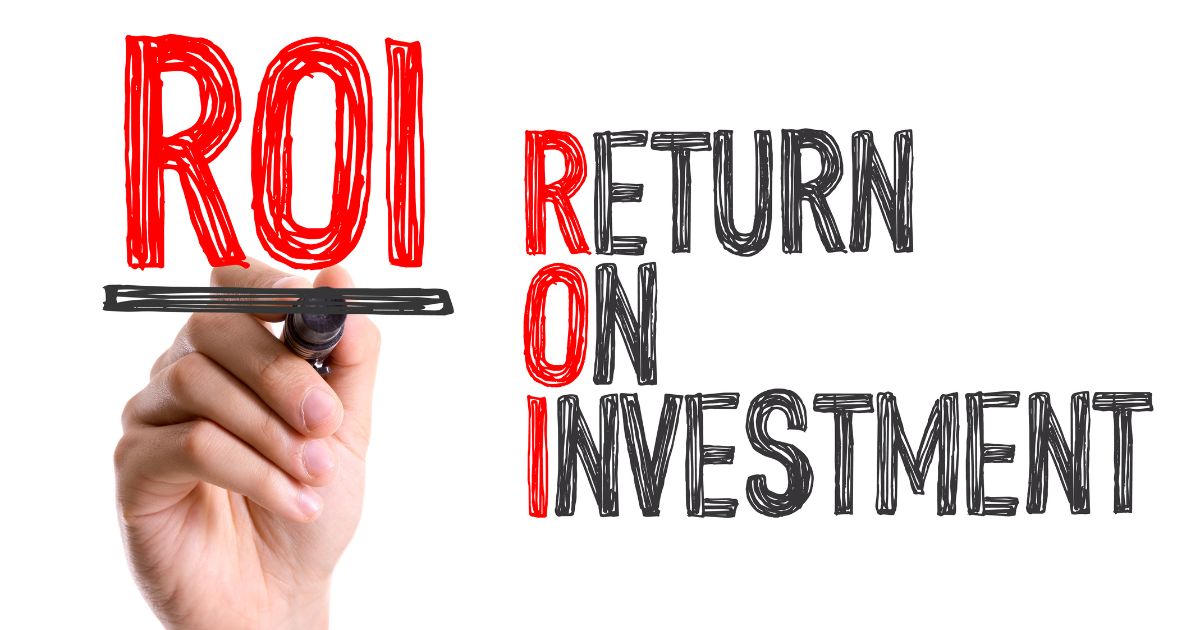
3. Identify cost optimization opportunities
Expense categorization and ROI analysis lead to the discovery of cost optimization opportunities. This final step in P&L analysis is vital for the sustainable growth of SaaS businesses.
Re-allocating resources towards profitable marketing channels is important in every business stage. Efficiency is the key, whether you’re an early-stage or enterprise SaaS company.
Take a look at sample recommendations of how a P&L analysis can optimize marketing expenses:
- Paid ads: You can analyze ad data through P&L analysis. This uncovers keywords or ad placements with low click-through rates (CTRs). Consider testing variations through A/B Testing or refine your target demographics.
- Content marketing: Use inbound marketing metrics like website traffic and social media engagement rates. Several SaaS providers hire external freelance writers to potentially reduce personnel costs. Additionally, you can repurpose previously successful content.
- Marketing technology: A P&L analysis reviews how automation platforms streamline your marketing operations. If you have expensive software subscriptions, make sure that you maximize the abilities of each tool. Otherwise, you can cancel or downgrade an underutilized software.
Always think twice before cutting down costs or reallocating budgets. Make sure that you have data-driven insights to back up any cost optimizations. The keyword here is efficiency, not just being thrifty.

Other Marketing Budgeting Methods
Do you want to explore beyond ARR and P&L analysis? You can collect more data by using other marketing budgeting methods. Always remember that there’s no one-off approach to doing budgeting for successful companies.
Take a look at these data-driven SaaS marketing budget methods:
- Zero-based budgeting (ZBB): If you want to start from scratch, ZBB is the way to go. Unlike typical budgeting methods, you put zero across each marketing aspect in ZBB. It forces you to see how much SaaS companies spend on even the smallest marketing details. This method is great for setting new financial goals and brainstorming marketing alternatives.
- Total Contract Value (TCV) budgeting: Unlike Customer Lifetime Value (CLV), TCV breaks down the value of a single contract. TCV looks at a fixed timeframe and analyzes the total revenue from a particular contract. Looking at your TCV allows you to segment customers by low or high value. SaaS companies spend more resources on acquiring high-value clients or customers.
Collecting reports from different metrics will give you a clearer picture. It could be as simple as factoring in your Monthly Recurring Revenue (MRR), as opposed to looking at ARR alone. Combining these metrics leads to smarter allocation of sales and marketing resources.
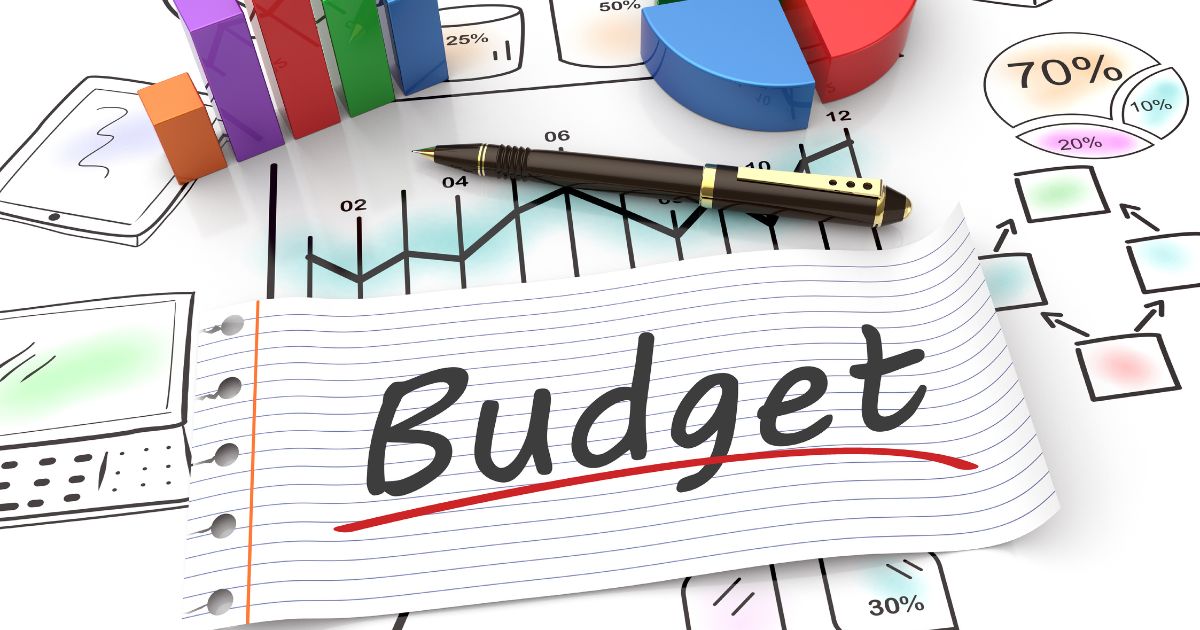
Best Practices for SaaS Marketing Budget Management
Even an average SaaS company has goals of reducing spend on marketing ventures. It’s not an easy proposition, though. Marketing is essential, whether it’s content marketing for startups or an enterprise SaaS SEO campaign.
How much do SaaS companies earn in revenue on marketing? You can optimize this marketing revenue percentage through these actions:
Interdepartmental collaboration
It’s not just about your sales and marketing teams. Customer success, finance, product development, and legal teams are all connected to budget management. For instance, the legal team makes sure that your efforts are compliant with advertising regulations. Moreover, the product development group provides a roadmap of product features that you’d want to promote in the future.
Market adaptability
Rapid innovation and shifting customer needs characterize the SaaS industry. Your marketing budget is a crucial aspect of increasing market share in this evolving niche. Try saving a portion of your budget on sudden market changes and trends. This way, you can capitalize on opportunities and maintain your market share.
Resource allocation
A wise approach to resource allocation can optimize your company’s spend on marketing activities. Try to focus on high-impact marketing channels and put the right people on the right tasks.
Performance monitoring
Tracking your performance is at the heart of marketing efficiency. You can use marketing analytics tools like Google Analytics and Sprout Social to monitor your campaigns.
Follow these aforementioned best practices to maximize your revenue on marketing.
Building a SaaS Marketing Budget: Key Takeaways
A high marketing budget doesn’t automatically translate to success. If you don’t allocate wisely, you won’t be getting a high revenue on marketing campaigns.
It’s also recommended that you explore cost optimization techniques. Some SaaS businesses invest in a marketing software company to automate their processes. Marketing automation tools like HubSpot Marketing Hub, ActiveCampaign, and Klaviyo come to mind.
Other SaaS companies also find it easier to outsource some marketing tasks. They partner with digital marketing experts like Fortis Media for a higher ROI. These experts have in-depth knowledge of every marketing channel.
FAQS ABOUT SAAS MARKETING BUDGETS
What are the 4 P’s of marketing in SaaS?
The 4 P’s of SaaS marketing are product, price, place, and promotion. Product refers to the particular SaaS software and its features. Price involves pricing models, while place refers to the accessibility of the SaaS product. Lastly, SaaS promotion refers to generating leads and increasing brand awareness.
What percentage of revenue should be spent on marketing B2B SaaS?
On average, B2B SaaS companies invest 10-40% of their revenue to marketing. The specific percentage depends on multiple factors, including growth stage, business goals, and costs of acquiring new customers. Marketing budgets might also hinge on current market trends and competitor movements.
What is the average marketing budget allocation?
On average, B2B companies allocate 6-8% of their revenue for marketing while B2C companies allocate 5-10%. These are just the average niche benchmarks, though. Allocating marketing budgets depends on key factors like industry, company size, growth stage, and business goals.
What are the typical SaaS expenses?
SaaS businesses incur expenses on marketing, product development, technology, and administrative costs. The level of expenses depends on numerous factors, including company size, growth stage, product complexity, and pricing model. Other SaaS expenses could include compliance fees, transaction expenses, and security costs.
Read our other articles
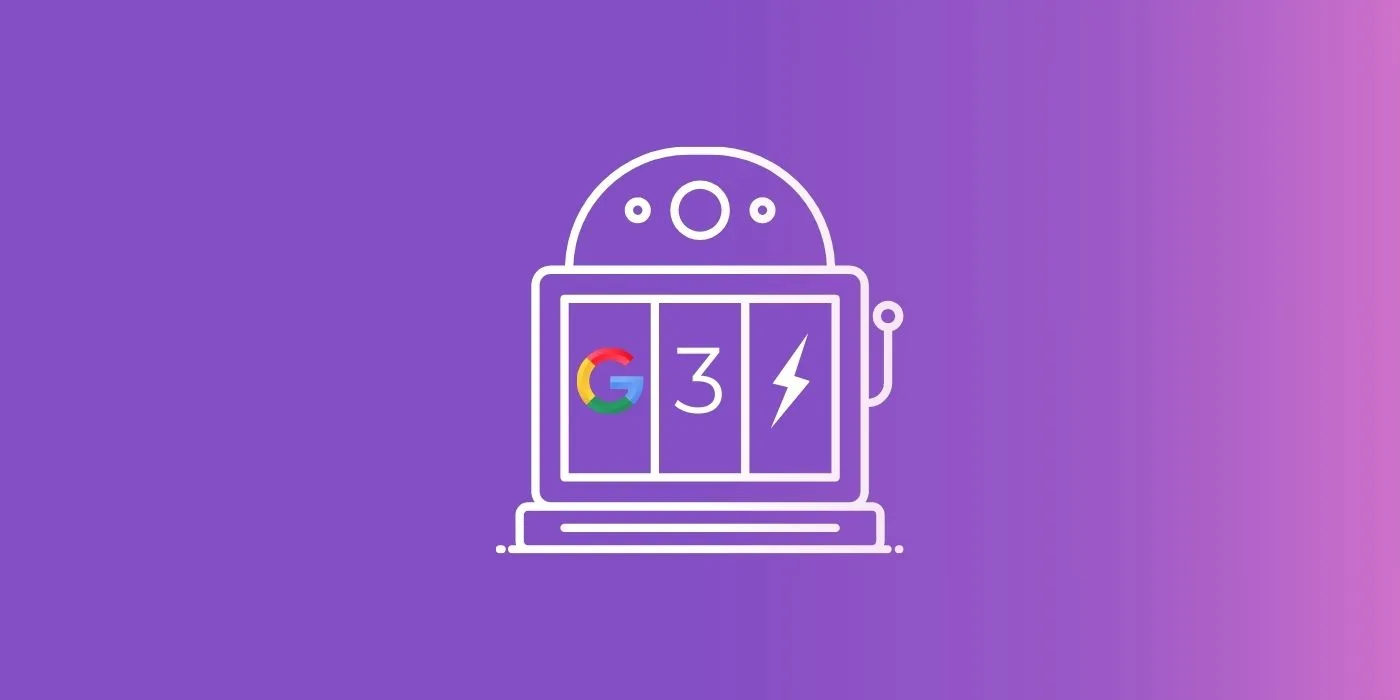
iGaming SEO: The Ultimate Guide to Ranking iGaming Sites in 2025

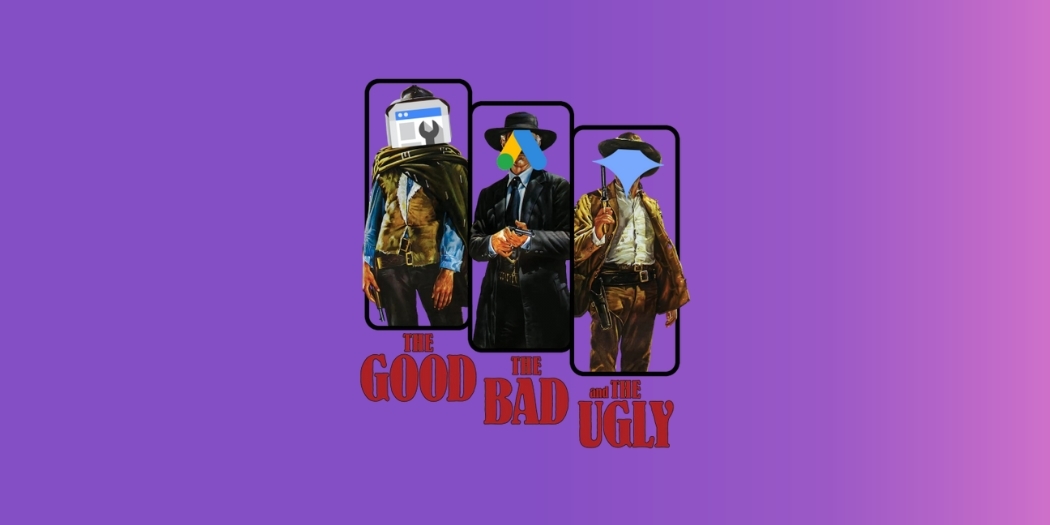
How SEO and PPC Work Together: A Practical Guide


What is a PPC Agency? A Comprehensive 2025 Guide






